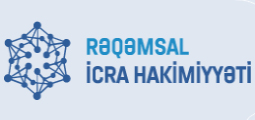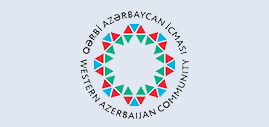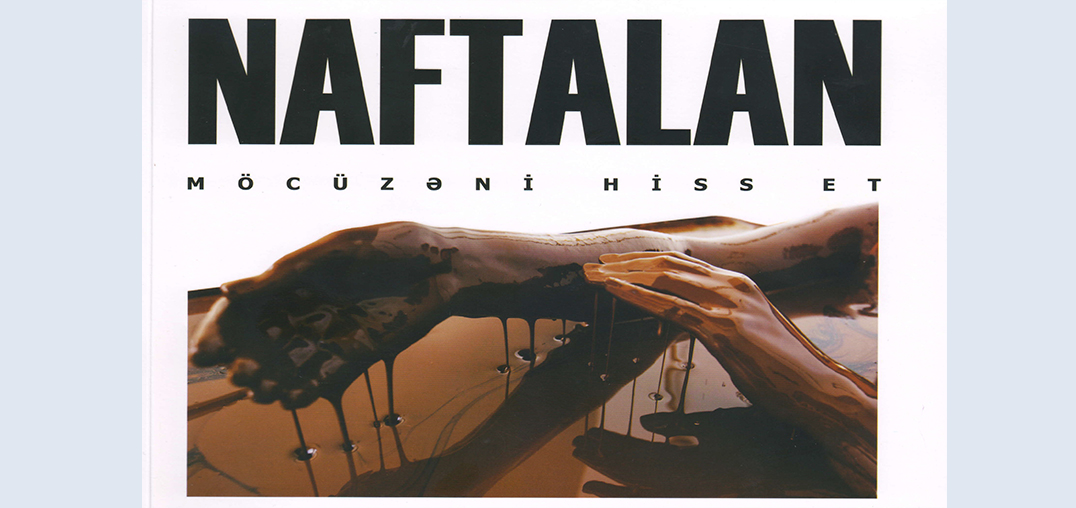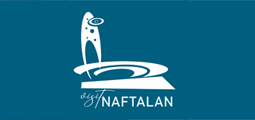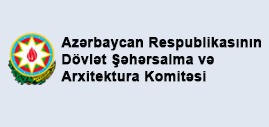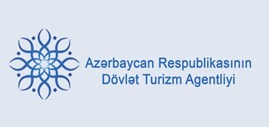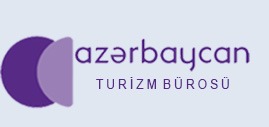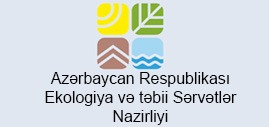About the city
History
According to legend the heavy loaded camel caravan moving from west to east had passed through and ancient Azerbaijani lands. The was one sick camel in the caravan. Whatever the caravan owner did for recovery of this camel but all was in vain. The camel became weaker and weaker and made the caravan delayedon road. When passed from the area full of the oily lakes the caravan owner freed the camel and said: It is better for camel to die in any of these lakes than to suffer from pains. As if the camel, which was freedunderstood the words of owner and get in one of these lakes nearby. And the caravan was distancing gradually.Certain time passed since then.When the camel caravan returning back they meet with one camel there. The caravan owner called the sick, thin camel that he left here. But this camel was quite healthy and oil was dripping from its skin.Theydecided to trace the camel.They found that the camel got intothat oily lakes few times a day and lies under the sun. The traders from caravan also approached the lakes and oiled sores in their hands and legs. The traders saw their sores recovered soon. They took from that oil and filled in vessel to take it home. The oil like petroleum and the area of location of lakes were named as “Naftalan”that means the oily area.
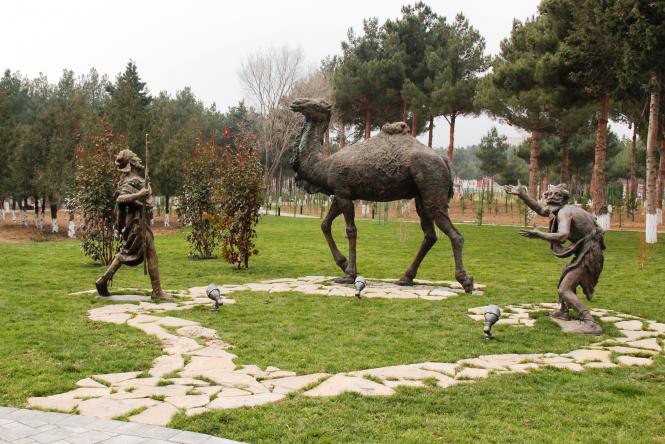
The etymology of the word "Naftalan" is related to the oil produced in this area. Presumably, special people who knew the healing significance of “Naftalan” oil, which came naturally from ancient times, stuffed it into hooves and carried it to various places by camel caravan and sold it. It is assumed that the name Naftalan (oil field) came from here. The first written information about the healing naftalan ointment dates back to the XII century. The great Azerbaijani poet Nizami Ganjavi (1141-1209) spoke about the transportation of Naftalan oil by caravans from Safikurd village in his poem "Khamsa". In the poem, he told about how a caring woman treated the wounds of her husband wounded on a hunt with “Mountain oil”. Famous traveler Marco Polo, who visited Azerbaijan in XIII century, also remembers Naftalan oil in his treatise "On Great Tatarstan".
The discovery, production, and processing of Naftalan oil using industrial methods is attributed to the 19th century. In 1868, the management of the Mountainous Region of the Caucasus presented an area of 80 hectares of land where the Naftalan deposit was located to 8 members of the German nationality. Among these Germans, the mountain engineer Y.I. Yeger was selected for his special activity. After finding out that the oil he obtained did not contain benzene fractions (this oil did not burn), Yeger was initially disappointed, but later learned about the therapeutic properties of Naftalan and established a small factory in Naftalan for the production of gasoline. Soon, Yeger achieved great success in this field. He sent samples of his "Naftalan" oil to the world's most famous doctors, and Professor List from Magdeburg paid great attention to this matter and bought all the products in bulk for Germany. It is interesting that during that time, Yeger's oil was priced very high in Russia as a patented product from Germany because it was banned in Russia for some reason. In addition, the factory produced preparations called "Naftalan" and "Kojelon". "Kojelon" oil kept human skin and leather goods soft and protected metal objects from rusting. The prepared medicinal preparations were sold to Japan, America, England, Holland, and other countries through Germany's intermediation.
In 1896, the doctor F.Q. Rozenbaum gave a brief presentation at the meeting of the Caucasus Medical Society based on his personal experience about "The effects of Naftalan extracted in the Caucasus".
In connection with the advertisement of Naftalan oil, the famous German dermatologist P.P. Unna said in 1903, "Whoever owns Naftalan, has everything."
It is also known from historical facts that during the Russo-Japanese War in 1904-1905, cans filled with Naftalan ointment were found in the emergency medical kits of Japanese soldiers. They applied this prepared ointment to their wounds and it resulted in faster healing. This shows that Naftalan oil has no analogues in the world and possesses unique medicinal properties. During World War II, the "Naftomastika" preparation proposed by S.M. Hasanov was used in evacuation hospitals in Azerbaijan and Baku for bullet wounds, traumatic arthritis, burns, and frostbite treatment.
In the years of 1911-1912, another German entrepreneur named Kvel created the "German-Naftalan" joint-stock company and began producing several preparations from Naftalan oil. During those years, there were also two joint-stock companies in Germany related to Naftalan, the "Maqdenburq-Naftalan" and the Dresden-Naftalan, which also prepared medicinal preparations from Naftalan oil.
Until 1967, Naftalan city operated as a small town in the Goranboy and Yevlakh regions. However, on April 28, 1967, by the Decision No. 48 of the Presidium of the Supreme Soviet of the Azerbaijan Soviet Socialist Republic, Naftalan was granted the status of a Republic-level city.






